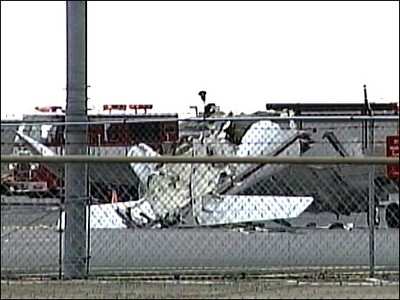FYI: you’re giving the TCDS too much importance at this level in the food chain. In general terms, the TCDS is primarily a certification document. Once your aircraft is issued its airworthiness certificate (AWC) the reference shifts to Part 21, 43, and 91 per Block 6 on the AWC. For your aircraft to remain airworthy after receiving its AWC, it must continue to conform to its initial type design [or properly altered configuration] and be in a condition for safe flight.
Type design is defined in
Part 21.31 and consists of the entire data package of drawings, parts listings, etc. used to conform and certify the aircraft. These aircraft parts manuals and in some cases aircraft drawings are used in the field (by you and me) as a basic reference to determine if the aircraft conforms to its type design. Alteration, repair, and 3rd party documentation would also be used for this determination if applicable. In the case of the missing fastener, the 1st place to look would be the parts manual to see if it is called out there which it is and thus is considered to be part of the type design. So technically, with that fastener missing it does not conform to its type design and is technically not airworthy. Whether you want to make it legal to fly without that fastener is outside the scope of this reply.
Keep in mind this is a
very basic explanation and does not cover all topics. But as an example when I work on an aircraft the primary references I will use initially are the maintenance manual, parts manual, operators manual, AC 43.13 and any applicable alteration/repair manuals. Rarely do I look at the TCDS with most aircraft however there are some older models like a Super Cub that still list alteration and other data on the TCDS unlike newer model TCDS.

